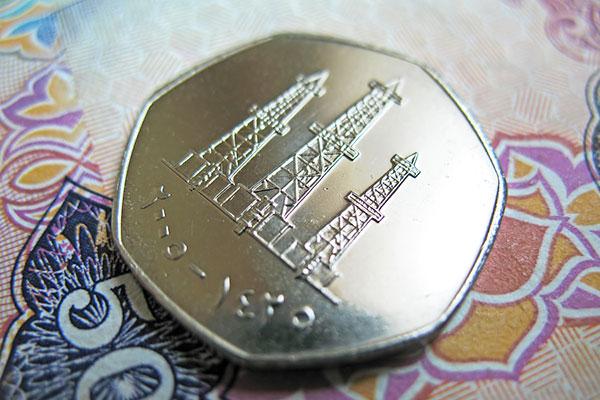
2017 shows signs of improvement on 2016, but less than
anticipated at the start of the year due to the oil market
ME economic growth prospects improve for 2018: PwC
DUBAI, October 11, 2017
While the economic and fiscal outturns for the first half of the year are less than anticipated, momentum is building in key parts of the region, suggesting stronger economic growth could return in 2018, said an industry expert.
Richard Boxshall, senior economist at assurance, advisory and tax services provider PwC Middle East, added that growth could return so long as oil prices maintain or exceed current price levels.
He was commenting on PwC’s latest “Middle East Economy Watch”, which notes that there were high hopes that 2017 would be a turning point for oil exporting nations, as Opec-led production cuts rebalanced the market.
However, the results so far have been less than anticipated:
● Oil prices below expectations - Brent crude oil has average $52/barrel so far this year, lower than the ~$58/barrel expected at the start of the year. This is due to inadequate compliance with cuts, at least until August plus revivals in production in Libya, Nigeria and US shale.
● Deficits fall, but not fast enough: Fiscal data produced for the first half of the year (only available for three GCC countries) shows that Oman and Qatar deficits are down by about a third compared with the first part of 2016, and is less than anticipated. And although the Saudi data shows more improvement, cutting the deficit in the first half of the year by more than 50% y/y, the Saudi government pledging to repay various public sector benefits and bonuses could increase expenditure in the second half, leading to larger deficits than anticipated for the year as a whole.
● Growth outlook stabilises: Growth in Q1 was mixed, with results in Saudi lower than expected, but a steady performance elsewhere. Notwithstanding these challenges, some economies in the region do appear to be turning the corner with momentum building in UAE, where the PMI hit a two-and-a-half-year high in August, and Saudi Arabia also seeing positive sentiment in its non-oil sector. Meanwhile, Egypt delivered a much stronger than expected Q2 growth of 4.9% and burgeoning central bank reserves could be a lead indicator of higher foreign investment.
Reaffirm currency pegs:
The lower for longer oil price environment has prompted renewed debate in the suitability of the GCC currency pegs. Since the mid-1980s, the Gulf currencies have all been pegged at fixed rates to the US dollar, with the exception of Kuwait which pegs to a basket of currencies.
The pegs compel central banks (including Kuwait’s) to broadly match US interest rates, even if business cycles are not aligned, as is currently the case, and so the rates don’t necessarily suit the Gulf’s economic needs and can create pressure on the pegs.
While external pressure remains within comfortable boundaries, it is also up for debate whether they remain economically suitable. Devaluations, either one-off moves or free-float regimes, would not do much to boost competitiveness in most Gulf countries. This is because of the current paucity of non-commodity exports, except in a few cases—for example Dubai’s tourism sector. For now, while the region’s economy remains dominated by oil and other commodities traded in dollars, the advantages of retaining the pegs outweigh the downsides.
Boxshall added: “A change in the currency regime is only likely to make good economic sense if and when commodities play a much smaller role in the Gulf economies as a result of successful diversification efforts. For most countries, this remains a fairly distant goal.” – TradeArabia News Service







